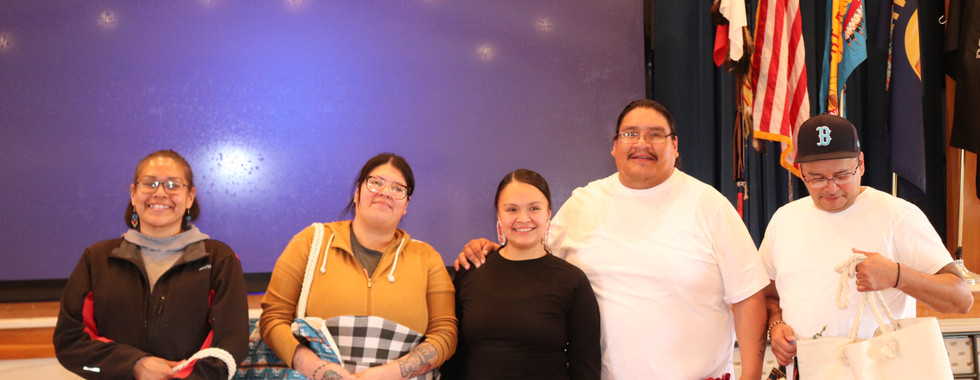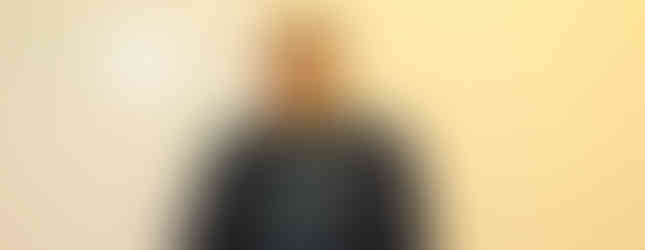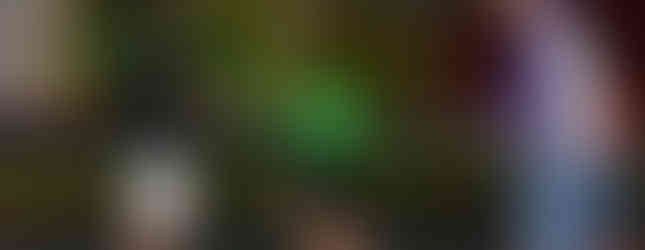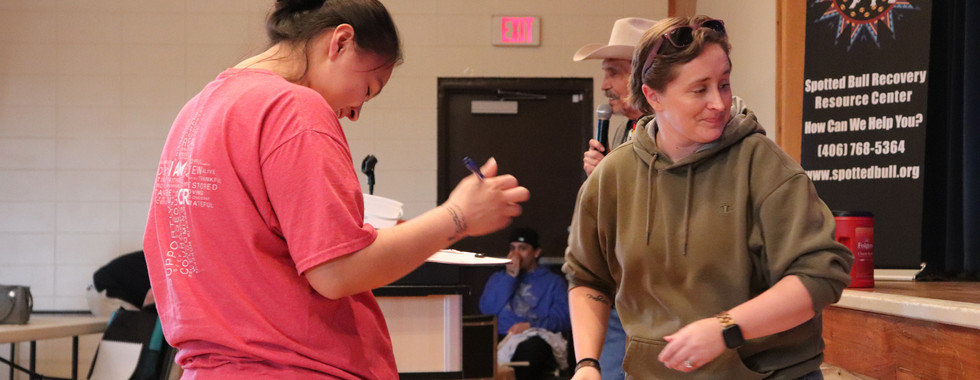Creativity Leads to Transformation: Lessons from the Fort Peck Indian Reservation Wellness Symposium
- AKA

- Mar 18
- 4 min read
March 2025
Are you an artist?
Do you love to create?
No matter what you answer, you must begin to do art, to create, and find love and a little healing along the way. Art can help us work through difficult and complex emotions and memories while supporting our mental and spiritual wellbeing.
We partnered with Spotted Bull Recovery Resource Center to offer Practices on Wellbeing during their 10th Annual Wellness Symposium. The theme of this symposium was Healing the Family, and we cannot think of a better way to heal the family, than art. Our collaborative art-based workshops focused on stabilizing the central nervous system through art-based therapy and other creations.
We prepared a ton of supplies, shipped them on a plane and paid way too much for the extra heavy bag. We arrived in Poplar, Montana ready for creating art and connecting with people. Over two days, 40+ participants had the choice of working on individual or collaborative art projects. Most participants created both.

Check out this list of seven art activities from our time with SBRRC and the Healing the Family Wellbriety Symposium:
Making things whole. Borrowing from the Japanese art of Kintsugi, we brought construction paper, oil pastels, posterboard, and gold metallic pens. Participants drew pots, tore paper to create pots, and put the pots back together again with glue and gold.

Remembering our roots. We offered dried flowers from Lake Drive Lavender supplemented by some other dried flowers and grasses from a local store. We cut old juniper trees and made small logs to frame the dried flower arrangements.
One participant described hers, “The sticks and branches at the end are the difficult times we have endured, it’s been the path we have been on to find healing. The blooms and beauty signify where we are at today, the healing that has happened.”
Honoring our families. We brought 100 different kinds of ribbons and a large metal hoop. Participants tied ribbons on the hoop, sharing and reflecting their family memories and healing tips from the symposium they will use in their families.

Dreaming. Participants made dream catchers with smaller metal hoops and ribbon. One participant honored her commitment of 40 days of lent, another honored her family and garden with different colors of ribbon representing all of her life.
Poetry. We facilitated a collaborative poetry session in New Mexico and it was so meaningful we did it again. Participants journeyed outside and sat under an old cottonwood tree next to Fort Peck Community College. The words came to us, “We carry the medicine of kindness.”
Honoring the Buffalo. During the first session we asked a participant to draw the outline of a buffalo on a large canvas using a black oil pastel. Participants drew images and symbols like the medicine wheel inside the buffalo outline. The background was painted in blue acrylic with the words, Tatanka meaning buffalo in Lakota. This beautiful piece of collaborative art will hang on the walls of Spotted Bull’s new inpatient treatment facility.

Infinite gratitude. Participants created spiral circles with watercolors and paper. They wrote things they are grateful for and experimented with bright colors. One participant said, “I normally don’t like bright colors, but today I was drawn to them, and I actually really like how this turned out.”

Supplies You May Need: Dried flowers, ribbons, wood, watercolor paper, watercolors, oil pastels, acrylic, poster board construction paper, gold markers (spaces that inspire and calm).
Time Required: 45 minutes to 3 hours, it depends on the creative process.
Prep: Identify a theme and share some examples, set up tables in a circle or U shape so that everyone can see one another. Keep one table for supplies.
Directions to Follow
Introduce the concept of art as a therapeutic process that gets people outside of their heads and into their hearts.
Share examples of previous art and ask participants if they want to work on individual or group projects. Remember, art can never be forced.
Describe the supplies on your table. Encourage them to use anything they want and to think outside of what they would normally feel comfortable doing.
Ask participants to share their art with the group. Encourage them to describe how they felt doing the art.
Link the creative process back to a theme. In this case it was Healing the Family. We asked about their art as it related to their families, what it represented and who they were honoring. In this process, people honored loved ones who passed on, walked through the grief process a bit, and shared how much they miss their loved ones. Some selected dried flowers that represented a mother, sister, or child and talked about them. Others celebrated new life and grandchildren.
We continue to see that art connects people to a different side of self that they don’t often get to see—there is a lightness and playfulness with art. One participant said, “I have not played like this since I was a kid.” Returning to our childlike wonder and creative nature is what feels transformative in this process.



















































































































































Comments